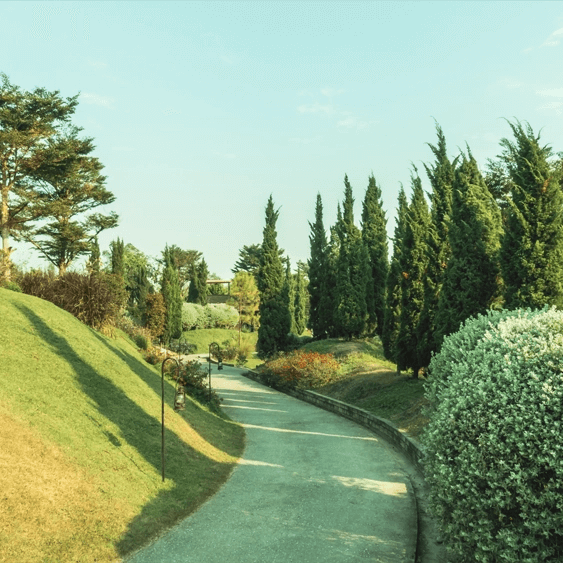Few backyard features evoke the same comfort, charm, and community as a fire pit.
Whether you’re roasting marshmallows with family, sipping wine with friends, or simply
soaking in the warmth under the stars, a fire pit becomes the heartbeat of your outdoor
living space.
In this blog, we’ll guide you through creating a cozy and safe fire pit area that enhances your
landscape design.

1. Choosing the Right Location
The first step is selecting the ideal spot:
– Flat, open space away from flammable structures
– Consider prevailing wind direction
– Allow at least 10–15 feet clearance from trees and overhangs
– Easy access from the house, especially during colder months
Use marking paint or rope to visualize the area before committing.
2. Picking the Perfect Fire Pit Style
Fire pits come in a range of designs and fuels:
– Wood-burning: Classic feel, natural smell, requires more maintenance
– Gas fire pits: Convenient and clean, but may require professional installation
– Propane fire bowls or tables: Portable and stylish
Choose a shape and material that aligns with your landscape—circular for communal
layouts, square or rectangular for modern lines.
3. Building a Strong Foundation
For safety and aesthetics, set your fire pit on a non-combustible surface:
– Gravel or decomposed granite for drainage and simplicity
– Concrete pads for durability
– Stone pavers or bricks for a classic, rustic look
Avoid placing fire pits directly on grass or wooden decks without a fireproof barrier.
4. Creating a Comfortable Seating Area
Seating is what transforms a fire pit from a feature to a gathering space. Consider:
– Adirondack chairs: Deep and relaxed
– Built-in stone or concrete benches
– Sectional outdoor sofas for larger groups
– Add weatherproof cushions and throws for coziness
Arrange seating in a circle or semi-circle to encourage conversation.
5. Enhancing with Lighting and Accessories
To extend enjoyment into the evening hours:
– String lights overhead or around fencing
– Solar lanterns lining the path
– LED strip lights under seating or ledges
– Firewood storage racks for style and function
Keep a fire-resistant blanket or bucket of sand nearby for safety.
6. Adding Landscaping Around the Fire Pit
Surround your fire pit area with complementary landscaping:
– Low shrubs and ornamental grasses for soft borders
– Decorative gravel or mulch for transitions
– Stepping stones to guide foot traffic
– Potted plants for seasonal color
Integrate the fire pit seamlessly into the broader garden design.
7. Safety First
Fire pits are fun—but they must be used responsibly:
– Keep children and pets supervised
– Never leave a fire unattended
– Check local fire regulations and burn bans
– Use fire screens or glass guards when needed
Invest in a fire extinguisher or hose that’s readily accessible.
8. Personalize the Space
This is your retreat—make it yours. Consider adding:
– Outdoor speakers or a weatherproof sound system
– A pergola or overhead structure with curtains
– Custom fire pit covers that double as tables
– A bar cart or side tables for entertaining
Layer in rugs, pillows, or artwork that express your style.
9. Enjoy Year-Round
Don’t limit fire pit use to summer nights:
– Use blankets and heaters in fall and winter
– Add a canopy or umbrella for sun or rain protection
– Offer hot beverages like cider or cocoa
Your fire pit can be a four-season destination with the right setup.
Gather, Glow, and Grow
A fire pit invites togetherness, storytelling, and warmth. It’s a focal point where memories
are made and relaxation is embraced. With thoughtful design, proper planning, and a touch
of personalization, your backyard can glow with cozy energy all year long.
So grab your s’mores, pull up a chair, and let the fire bring your landscape—and your life—
closer together.




